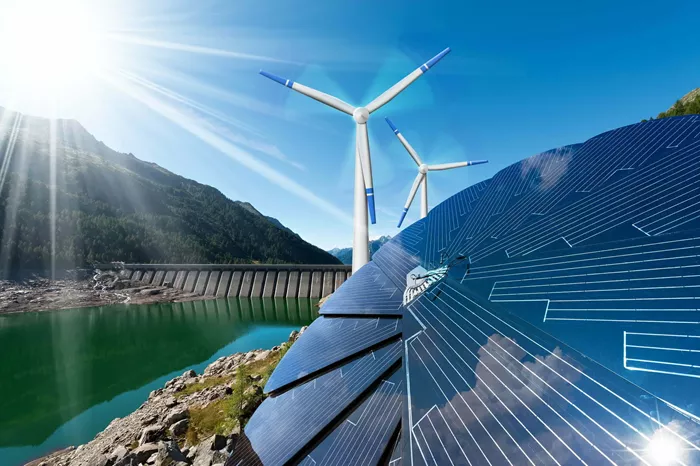The Australian wholesale electricity market has once again been jolted by a surge in prices, highlighting ongoing issues with market competition and price manipulation. On Tuesday night, wholesale electricity prices across the National Electricity Market (NEM) hit an unprecedented high, with all five states on the grid experiencing prices soaring above $15,000 per megawatt hour (MWh). According to market analyst Geoff Eldridge from GPE NEMLog, the average wholesale price across all NEM regions reached an astonishing $16,419/MWh, smashing the previous record of $12,491/MWh set in July 2022 during the global fossil fuel crisis triggered by the Ukraine invasion.
While it’s still too early to pinpoint specific generators or companies responsible for this latest price spike, it is clear that the surge is not linked to supply costs. There was sufficient electricity supply across all regions at the time, but the opportunity to inflate prices proved too tempting for some generators to resist. This behavior, reminiscent of the pre-renewables era, has been a recurring issue in the industry, where pushing wholesale prices to the market cap was a common tactic used by fossil fuel generators to maximize profits.
Renewables were expected to disrupt this pattern by introducing competition and driving down prices. However, the current reduction in fully dispatchable generators has inadvertently decreased competition during critical times, allowing market players to exploit the situation.
This type of price manipulation represents a naked display of greed within an essential service sector, where prices are driven to unreasonable peaks. The energy market’s dynamics can be likened to the frenzied rush of shoppers on Boxing Day sales, though in this case, the activity occurs behind closed doors, with utilities profiting at the expense of consumers.
In the midst of Australia’s heated energy debate and a media landscape often uninterested in detailed analysis, it is renewables that frequently take the blame for rising costs. Recent reports have wrongfully attributed the latest June quarter wholesale price increases to insufficient wind energy production. However, as the Australian Energy Regulator (AER) pointed out, prices in New South Wales would have actually decreased during that period if not for a price surge in May when the market had to be suspended and a cap imposed.
The real culprits, as detailed by the AER, are the large energy players who took advantage of market conditions following multiple coal plant failures. They engaged in deliberate bidding strategies, removed capacity at lower prices, and appeared to intentionally slow down the ramping up of units, all of which contributed to the price spikes.
This same pattern likely recurred on Tuesday and is expected to happen again in the coming days, with price forecasts indicating further surges. At 6 PM on Tuesday, all five NEM markets saw prices exceed $15,000/MWh, not due to a lack of supply, but because of events and transmission constraints that reduced competition and allowed prices to be pushed towards the market cap.
The market cap, now set at $17,500/MWh, was supposedly introduced to encourage more “peaking capacity,” but instead, it has become a daily target for profit-driven industry players. Wind output, particularly in South Australia, was down, leading to multiple market cap hits this week. This situation mirrors events from 2008 and 2009, which previously pushed the state towards embracing renewable energy.
Battery storage, intended to add more competition to the market, is now often controlled by the same energy giants that dominate generation, further enabling them to manipulate prices and profits.
With gas prices in Australia currently five times higher than in other international markets, and a political environment rife with finger-pointing, consumers are left bearing the brunt of these inflated costs. According to Tim Buckley from Climate and Energy Finance, the gaming of the system by major energy companies has exacerbated coal plant outages and network disruptions, leading to significant consumer price hikes.
Buckley emphasizes the urgent need for “firmed renewables” to address the climate crisis, energy crisis, and cost of living crisis simultaneously. However, investment in renewable energy infrastructure remains sluggish, hampered by slow grid expansion, lengthy permitting processes, and market challenges. While government policies have spurred investment in wind energy, progress is still being hindered by regulatory delays.
The dominance of coal and gas plants, which still constitute roughly 60% of the NEM’s power, means that average power prices continue to track the short-run costs of these fossil fuels. This entrenched control by fossil fuel generators underscores the ongoing challenge of transitioning to a more competitive and sustainable energy market.
Related topics:
- TOP 3 Home Generator Under $100
- 5 Best Home Generator Under $500
- Goal Zero Yeti 1000X: A Comprehensive Review

